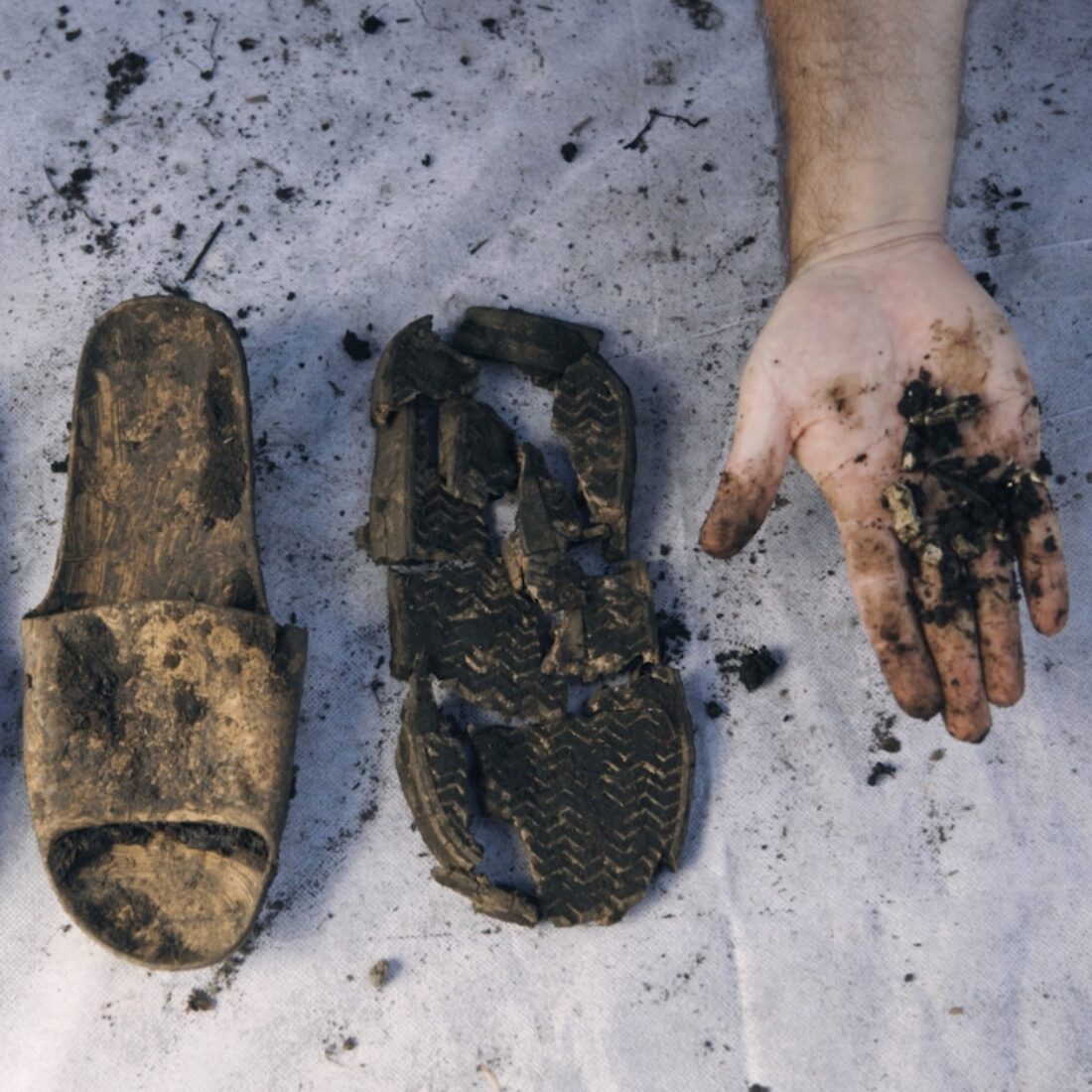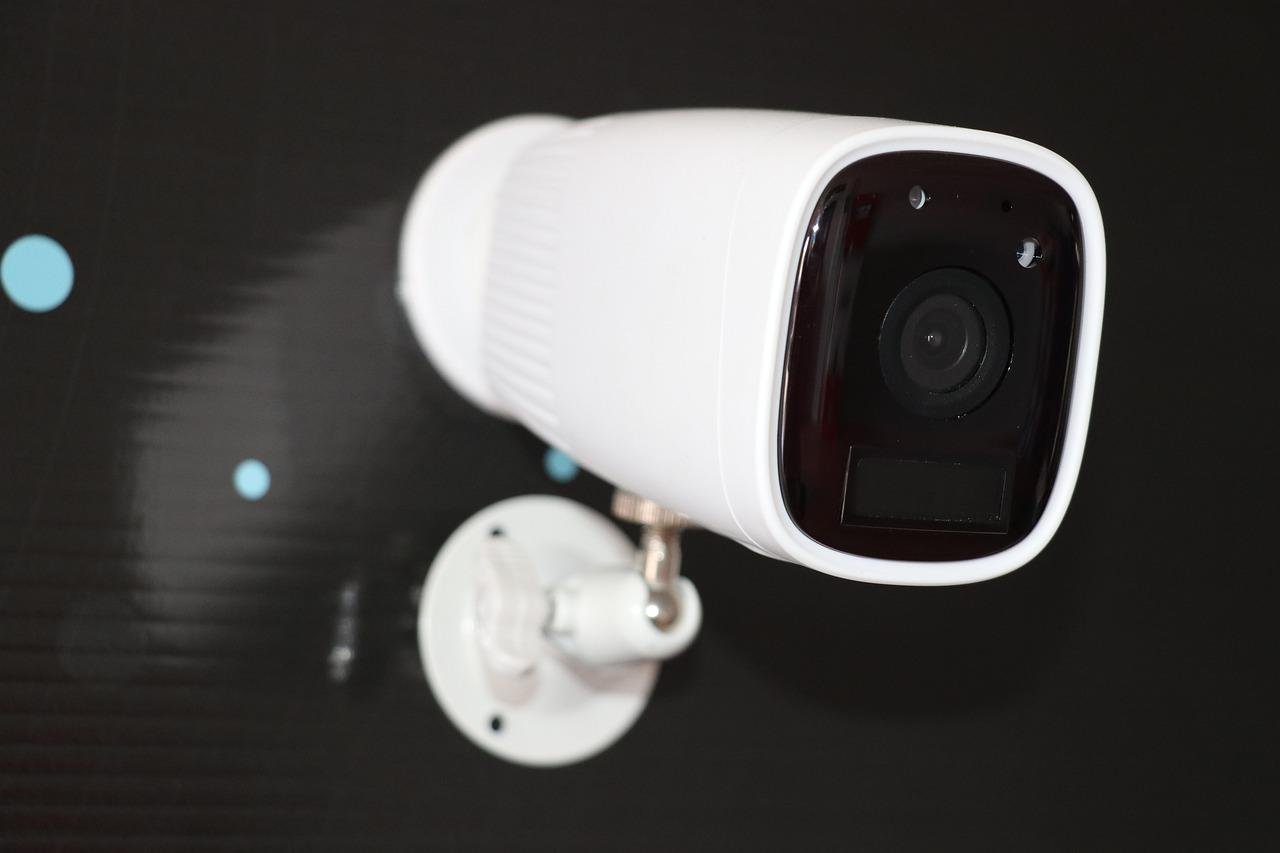Discovery of a Hidden Piece of Earth’s History
A recent discovery by geologists has unearthed a hidden piece of Earth’s history buried beneath the Greenland ice sheet. Beneath the deep, icy waters, a proto-microcontinent formed between Greenland and Canada. This submerged piece of continental crust is about 12 to 15 miles long.
Formation and Geological Movements
The continent began assembling nearly 61 million years ago during the separation of Greenland and Canada. The critical plate movements occurred between 33 and 61 million years ago. According to the study, this recently identified block of continental crust was formed due to prolonged rifting and seafloor spreading, which led to the creation of the Labrador Sea and Baffin Bay.
Connection to Ancient Supercontinent Gondwana
The continent is believed to have broken away from the ancient supercontinent Gondwana millions of years ago. Most of this continent is submerged beneath the ocean, with only New Zealand and New Caledonia visible above the surface. However, this latest research suggests that a significant portion of the continent extends underneath the Greenland ice sheet.
Implications for Plate Tectonics and Continental Drift
The discovery of this continent buried beneath the ice holds significant implications for our understanding of plate tectonics as well as continental drift. Studying this hidden continent’s geological makeup could reveal valuable insights into Earth’s past and continental movements.
Future Exploration and Potential Discoveries
Geologists believe that further exploration of the continent, both above and below the ice, has the potential to unlock a wealth of information about our planet’s history. This newfound continent could offer clues about past climates, tectonic activity, as well as the formation of the continents as we know them today.







